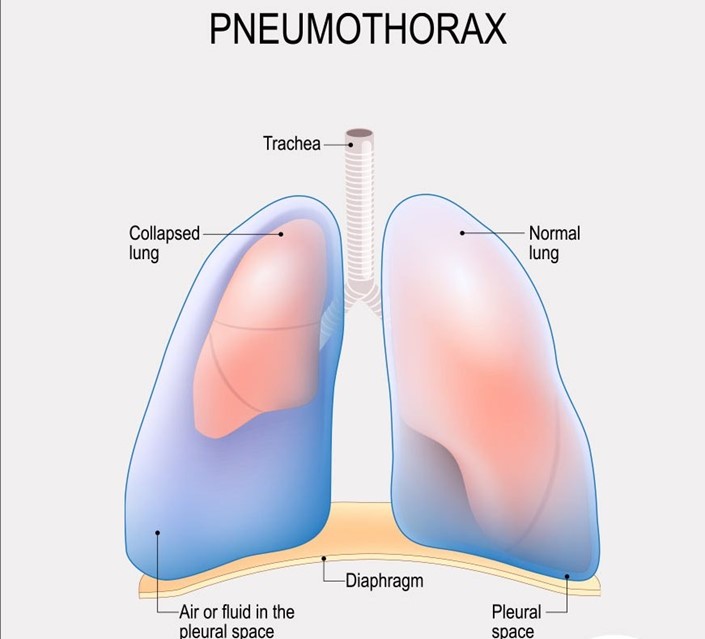A nurse is monitoring an older adult female client who had a myocardial infarction (MI) for the development of an acute kidney injury (AKI). Which of the following findings should the nurse identify as indicating an increased risk of AKI?
Magnesium 2.5 mEq/L
Serum osmolality 290 mOsm/kg H2O
Blood urea nitrogen (BUN) 20 mg/dL
Serum creatinine 1.8 mg/dL
The Correct Answer is D
Choice A Reason: This is incorrect because magnesium 2.5 mEq/L is a normal value and does not indicate an increased risk of AKI. Magnesium is an electrolyte that plays a role in muscle and nerve function, blood pressure regulation, and energy production. The normal range for magnesium is 1.5 to 2.5 mEq/L.
Choice B Reason: This is incorrect because serum osmolality 290 mOsm/kg H2O is a normal value and does not indicate an increased risk of AKI. Serum osmolality is a measure of the concentration of solutes in the blood, such as sodium, glucose, and urea. The normal range for serum osmolality is 275 to 295 mOsm/kg H2O.
Choice C Reason: This is incorrect because blood urea nitrogen (BUN) 20 mg/dL is a normal value and does not indicate an increased risk of AKI. BUN is a measure of the amount of urea, a waste product of protein metabolism, in the blood. The normal range for BUN is 7 to 20 mg/dL.
Choice D Reason: This is correct because serum creatinine 1.8 mg/dL is an elevated value and indicates an increased risk of AKI. Creatinine is a waste product of muscle metabolism that is filtered by the kidneys. The normal range for serum creatinine is 0.6 to 1.2 mg/dL for women and 0.7 to 1.3 mg/dL for men. An increase in serum creatinine indicates a decrease in kidney function and glomerular filtration rate (GFR).
Nursing Test Bank
Naxlex Comprehensive Predictor Exams
Related Questions
Correct Answer is D
Explanation
Choice A Reason: This is incorrect because crepitus in the area above and surrounding the insertion site is not a serious finding that requires notification of the provider. Crepitus is a crackling sensation that occurs when air leaks into the subcutaneous tissue. It is usually harmless and resolves on its own.
Choice B reason: This is incorrect because bubbling of the water in the water seal chamber with exhalation is a normal finding that indicates that air is being removed from the pleural space. Bubbling should stop when the pneumothorax is resolved.
Choice C Reason: This is incorrect because eyelets are not visible is not a serious finding that requires notification of the provider. Eyelets are small holes at the end of the chest tube that allow air and fluid to drain from the pleural space. They are usually covered by a dressing and may not be visible.
Choice D Reason: This is correct because movement of the trachea toward the unaffected side is a serious finding that indicates a tension pneumothorax, which is a life-threatening condition that occurs when air accumulates in the pleural space and causes pressure on the mediastinum. The nurse should notify the provider immediately and prepare for needle decompression or chest tube insertion.

Correct Answer is D
Explanation
Choice A Reason: This is incorrect because respiratory alkalosis is characterized by a high pH and a low PaCO2, indicating that the client is hyperventilating and losing too much carbon dioxide.
Choice B Reason: This is incorrect because metabolic acidosis is characterized by a low pH and a low bicarbonate level, indicating that the client has an excess of metabolic acids or a loss of base.
Choice C Reason: This is incorrect because metabolic alkalosis is characterized by a high pH and a high bicarbonate level, indicating that the client has an excess of base or a loss of metabolic acids.
Choice D Reason: This is correct because respiratory acidosis is characterized by a low pH and a high PaCO2, indicating that the client is hypoventilating and retaining too much carbon dioxide.
Whether you are a student looking to ace your exams or a practicing nurse seeking to enhance your expertise , our nursing education contents will empower you with the confidence and competence to make a difference in the lives of patients and become a respected leader in the healthcare field.
Visit Naxlex, invest in your future and unlock endless possibilities with our unparalleled nursing education contents today
Report Wrong Answer on the Current Question
Do you disagree with the answer? If yes, what is your expected answer? Explain.
Kindly be descriptive with the issue you are facing.
